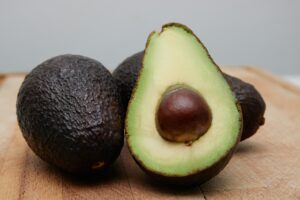Unsaturated fats that contain at least one trans double bond are referred to as trans fats, also known as trans-fatty acids. There are two main types of these fats:
Naturally Occurring Trans Fats:
Some animal products, such as meat and dairy, contain these in trace amounts. The naturally occurring trans fats in these foods are not as harmful as synthetic trans fats and do not have the same negative effects on health.
Artificial Trans Fats (Trans Fatty Acids):
These are manufactured in factories using a procedure called hydrogenation, which turns liquid vegetable oils into solid or semi-solid fats. These synthetic trans fats are mostly present in commercially processed and prepared foods, including fried foods, baked goods (like cakes, cookies, and pastries), snack foods, and some margarine and spreads.
Trans fats are harmful to the body for several reasons:
Cardiovascular Health:
Artificial trans fats have a very strong link to a higher risk of heart disease. They cause a decrease in HDL (high-density lipoprotein), also known as “good” cholesterol, while simultaneously increasing LDL (low-density lipoprotein), also known as “bad” cholesterol. This unfavorable change in cholesterol levels can cause atherosclerosis, which raises the risk of heart attacks and strokes by causing plaque to accumulate in the arteries.
Inflammation:
Trans fats encourage the body’s natural inflammatory response, which is a major contributor to many chronic illnesses like obesity, diabetes, and heart disease.
Insulin Resistance:
Trans fat consumption may cause insulin resistance, a condition that precedes type 2 diabetes.
Obesity:
Although the link between a diet high in trans fats and weight gain and obesity is complicated and poorly understood, some studies have suggested that it may play a role.
Many nations and regions have put regulations and policies in place to reduce the amount of artificial trans fats in food products as a result of the well-established health risks associated with these fats. The Food and Drug Administration (FDA) in the United States, for instance, has taken action to prohibit the use of artificial trans fats in the majority of processed foods. As a result, there has been a significant decline in the consumption of trans fats from processed foods in recent years, which may have positive effects on public health. Reading food labels carefully is still necessary to find any remaining trans fat traces in products.
The photo is from unsplash.com



